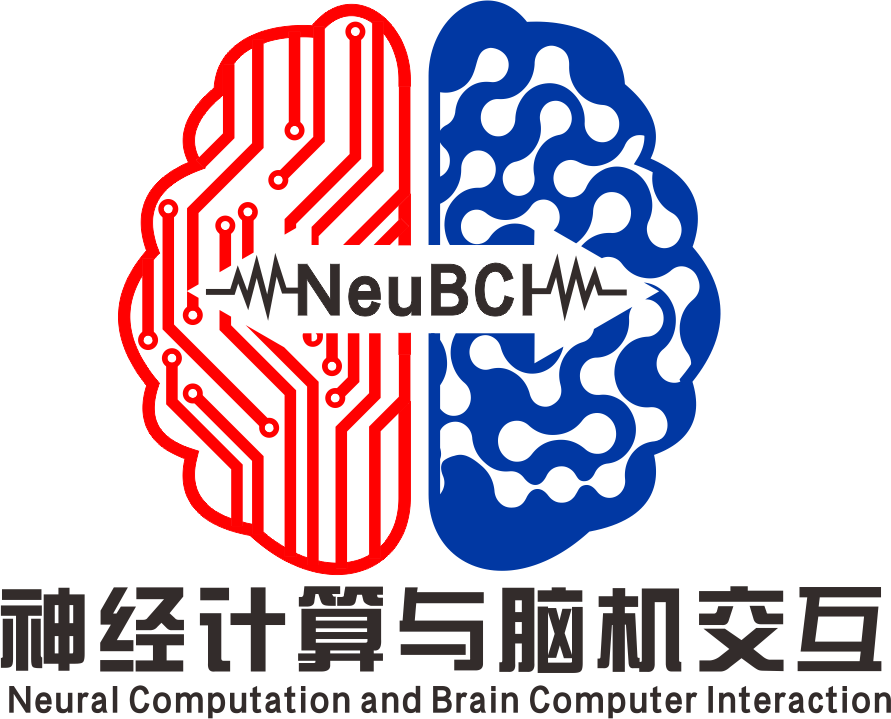本文的第一作者为邱爽,题目为“The lasting effects of low-frequency repetitive transcranial magnetic stimulation on resting state EEG in healthy subjects”,发表于IEEE Transactions on Neural Systems and Rehabilitation Engineering (TNSRE)。
以下为文章中文摘要:
重复性经颅磁刺激(Repetitive transcranial magnetic stimulation,rTMS)是一种无创性脑刺激技术,能够影响大脑皮层的兴奋性。低频rTMS(刺激频率小于等于1Hz)对皮层兴奋性有抑制作用。为了研究低频rTMS后大脑神经活动的动态变化,20名健康受试者被招募参加了本研究,被试大脑右侧运动区接受1hz rTMS(900脉冲),分别在rTMS前、rTMS后0、20、40、60min记录静息状态下的脑电图(EEG)。功率谱能力、基于加权的相位滞后指数的功能链接、以及网络参数,被评估和比较,以研究经颅磁刺激的后效应。我们的研究结果表明,低频rTMS在额叶顶脑区产生一个延迟的长时程的alpha频带功率谱能量增加,以及在同侧额叶和对侧中央顶区产生了一个立即的长时程的theta频带功率谱能量增加。在alpha频带,rTMS刺激后引起了功能连接强度的立即下降,但在刺激后20分钟阶段,功能链接强度显著增加。而且,基于无向图的网络分析表明rTMS引起了alpha频带的前面脑区和后面脑区连接个数的显著改变。此外,rTMS刺激后,刺激部位附近的alpha和theta频带的节点聚集系数显著降低。综上所述,低频rTMS在大脑神经振荡和功能连接方面产生广泛而持久的改变。这项工作表明,低频rTMS可以诱导抑制作用。
以下为文章英文摘要:
Repetitive transcranial magnetic stimulation (rTMS) is a noninvasive brain stimulation technique that can influence cortical excitability. Low-frequency rTMS (stimulation frequency ≤1Hz) can induce inhibitory effects on cortical excitability. In order to investigate dynamic changes in neuronal activity after low-frequency rTMS, 20 healthy subjects received 1-Hz rTMS over the right motor area, and electroencephalography (EEG) in resting condition with eyes open was recorded before rTMS and at 0 min, 20 min, 40 min, and 60 min after rTMS. Power values, functional connectivity based on a weighted phase lag index (wPLI), and network characteristics were assessed and compared to study the aftereffects of rTMS. Our results show that low-frequency rTMS produced a delayed long-lasting increase in alpha-band power values in frontoparietal brain areas and an immediate long-lasting increase in theta-band power values in the ipsilateral frontal and contralateral centroparietal areas. In the alpha band, functional connectivity decreased immediately after rTMS but significantly increased at 20 min after rTMS. Moreover, an analysis of undirected graphs revealed that the number of connections significantly changed in the anterior and posterior regions in the alpha band. In addition, there were significant decreases in clustering coefficients of the channels near the site of stimulation in the alpha and theta bands after rTMS. In conclusion, low-frequency rTMS produces widespread and long-lasting alterations in neural oscillation and functional connectivity. This work implies that low-frequency rTMS can induce inhibitory effects on motor cortical excitability ipsilateral to the stimulation site.
文章链接:https://ieeexplore.ieee.org/document/9022937
